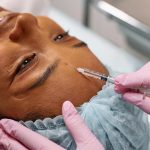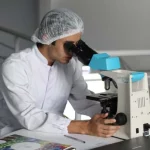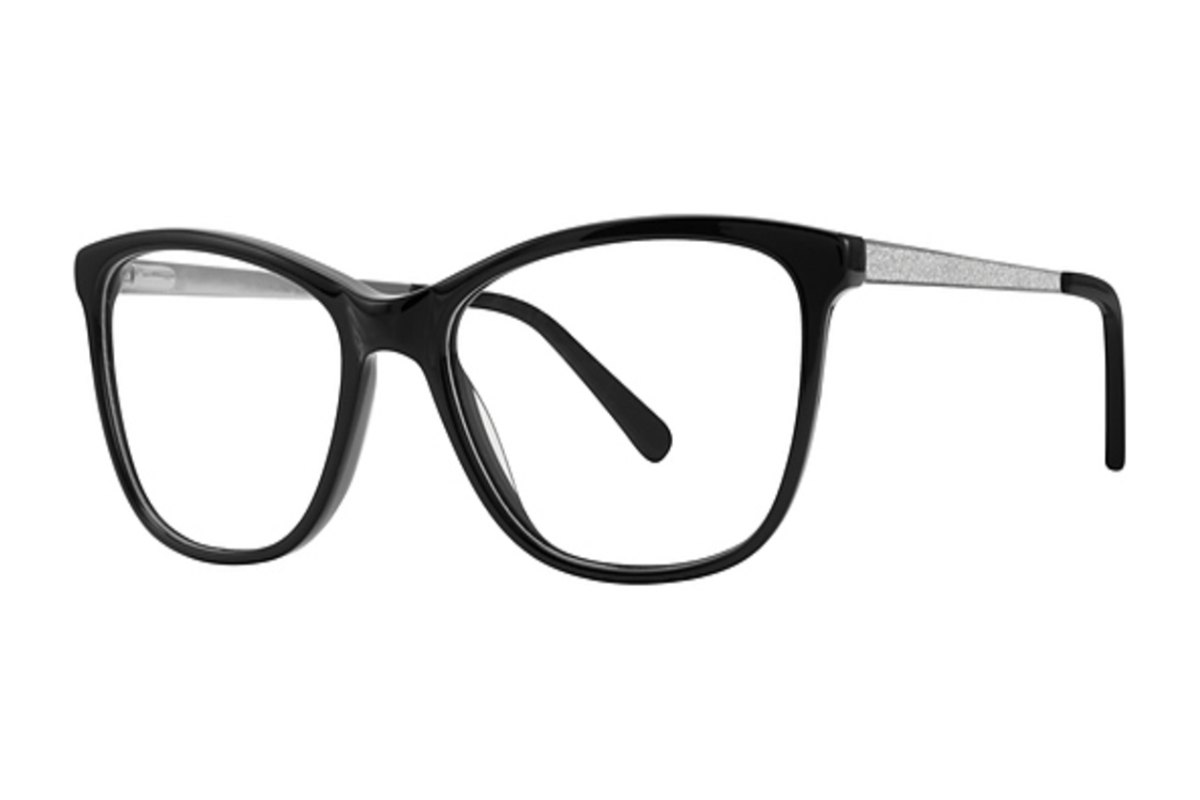Corrective eyewear, like prescription glasses, helps people with vision problems. It lets them see better. In the United States, more than 150 million people use corrective eyewear for refractive errors. But there are still many people who do not know they need this help. They go through their day with vision that is not good. This makes things like reading text, driving, watching TV, or catching a ball hard for them.
Poor vision can make easy jobs feel hard. It can also make you more likely to get hurt. When you do not see well, you may not have enough time to stay safe. A car can come toward you, or something can fly at you. That is why it is important to keep your eyesight clear. The best way to lower the risk is to have your corrective lens prescription checked every one or two years. You should get it checked earlier if your vision feels different. A corrective lens prescription comes with an expiration date, so it is good to stay up-to-date to prevent poor vision.
Corrective eyewear can help you see better. It helps you be more efficient and feel safe in your day. If you feel unsure about using it, it may be the best choice to visit an eye doctor. There are some common signs that show you may need to change your eyeglass prescription. These signs include frequent headaches, blurry vision, trouble focusing, eye strain, or if your glasses no longer help you see clearly.
We have put together a list of the top five signs that show you may need corrective eyewear.
Table of Contents
You Have Trouble Seeing Close or Far Objects
If it is hard for you to read books or see things near you, this might show you have a refractive error. Having trouble with reading or seeing up close can mean you have farsightedness, also called hyperopia, or presbyopia. These eye issues make it hard for your eyes to focus on things that are close. Presbyopia is common as people get older because the eyes lose some of their power to focus on close-up objects.
If you can see things that are close to you, but have a hard time seeing things that are far away, you may have nearsightedness. This is also called myopia. It is the type of refractive error that people under 40 get the most.
You Have Blurred Vision
Blurred vision is a sign that you may need corrective eyewear or to visit a doctor. It can make it hard for you to read words or see faces. Your distance vision might also not be good. You could get double vision from causes like myopia, hyperopia, astigmatism, or cataracts.
You Have Poor Night Vision
If you find it hard to see road signs at night more than you used to, talk to your doctor. Ask if you might need new glasses. Bad night vision can happen because of myopia. It can also come from cataracts or some other eye problem.
You may also notice bright rings or feel strong glare around car lights and neon signs at night. This is a common sign of astigmatism.
You Have Frequent Headaches
Headaches do not always happen because of your eyes. But if you feel pain in your head every time you look at something, there may be a problem. You might need corrective eyewear. A vision problem can be hard to notice at first. The headache can be the only way you know something is not right with your eyes. This can be caused by an outdated prescription.
Looking at screens for a long time can give you a headache. You may need corrective eyewear to help you sleep well after a long day at work.
Eye Strain
Eye strain is something people feel when the eyes have a hard time focusing. It usually happens when you look at something for much time, like driving a long way or being at a computer for hours. A lot of people get eye strain from spending so much time on digital screens. If you feel eye strain, it may be a good idea to see if you need corrective eyewear.
What to Do If You Need Corrective Eyewear
If you notice any of these signs and feel like you need corrective eyewear, the first thing to do is book a visit with an eye care expert. This will help you get the best care for your eyes and know which glasses or lenses you need. Eye care is important for everyone, so make sure to get help if you see changes in your eyes.
After a full check, your ECP will see what is not right with your eyes. Then, he will pick what is best to do next.
How to Choose Corrective Eyewear
If you need to use corrective eyewear, you will need to pick between glasses or contact lenses. Contact lenses are soft and thin pieces of plastic. They sit on the eyes and help people see more clearly.
Glasses have two lenses that sit on a frame. The frame keeps the lenses in front of your eyes. People use glasses to see things in a better way.
If you choose contact lenses, there are some things you need to look at. Think about the cost, how you clean them, and what you need to do to keep them safe. When it comes to eyeglasses, you should think about your daily work, how well you see at the sides, how glasses look on you, and if they feel comfortable when you wear them.
Pros of Contact Lenses
- Contact lenses match the shape of your eye. This lets you see more around you and feel less blurry spots. There are not many things blocking your sight because the lenses be right on your eyes. You can move, run, or play sports, and nothing gets in your way. For good eye health and vision correction, check your corrective lens prescription every year. Or do it when your eye care expert tells you to. Vision can change, so regular eye care checks help your contact lenses work well for you.
- Contact lenses sit on your eyes, so you can play sports or exercise and nothing blocks your sight.
- Contact lenses are not bothered by the weather, and they do not fog up, even when it is cold.
- Colored contact lenses can change how your eye looks. You can wear them for style too, and they can help with vision correction.
Cons of Contact Lenses
- You have to clean your contact lenses and take care of them the right way. This stops eye deposits and bacteria from building up. Daily disposable contact lenses are a good choice for people who do not want to spend time cleaning their contacts. If your glasses cannot help you see better now, you may need to have an eye exam with an optometrist. The optometrist will find out if you need a new prescription or you should try another way for vision correction, like contact lenses.
- Some contact lenses lower the oxygen that gets to the eyes, and this can be bad if you want dry eye relief or if your eyes feel itchy. But, contact lenses with high oxygen flow make it easier to stay away from these problems. If you have blurry vision, feel it is hard to focus, get headaches, or feel strain in your eyes a lot, this can mean you need to change your eyeglass prescription. This is more important if contact lenses do not help your vision stay clear.
- Some people feel uncomfortable about putting contact lenses on their eyes, and some have trouble putting contacts in or taking them out. If you practice the right way to use contact lenses, most people can get over these issues.
Pros of Glasses
- Glasses are often less expensive than contact lenses. You do not need to buy new ones all the time. Even if you get a new prescription, you can still use your old frames.
- Glasses do not touch your eyes, so they will not make them feel dry or sore.
- Glasses help keep things like dust, debris, and wind away from your eyes.
- A lot of glasses come in cool frames. You can use them to show your style.
Cons of Glasses
- The eyeglasses sit on the frames, and there be about 12mm between the eyes and the lenses. This distance can make your side vision not be very good.
- Eyeglasses can fog up when it is cold. That makes it hard to see well.
- Some people do not like to wear glasses, especially if they have a strong prescription. If the glasses be thick, they make your eyes look a lot bigger or smaller than they are.
There is not one answer for whether you should pick glasses or contacts. You have to choose what fits you best. Some people wear glasses most of the time, because they work well for vision correction. Others like to use contacts when they play sports or go to an event. You can use both. Just go with what works for you in your day.
There is one more option for people who do not want to wear contacts or glasses. A surgery like LASEK can help fix vision problems forever. After this, you do not need to use corrective eyewear.
Conclusion
Most vision problems often begin in a slow way. But there are signs that you can notice if you pay close attention. If you feel any of the symptoms spoke about here, you should go see an eye care expert. You need to go for an eye exam as soon as you can. A comprehensive eye exam will find problems early and help you look after your eyes.






